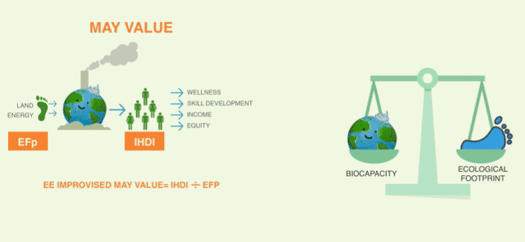The Sustainable Development Goals (SDGs), also known as the Global Goals, were adopted by all United Nations Member States in 2015 as a universal call to action to end poverty, protect the planet and ensure that all people enjoy peace and prosperity by 2030.
The 17 sustainable development goals (SDGs) to transform our world:
- GOAL 1: No Poverty
- GOAL 2: Zero Hunger
- GOAL 3: Good Health and Well-being
- GOAL 4: Quality Education
- GOAL 5: Gender Equality
- GOAL 6: Clean Water and Sanitation
- GOAL 7: Affordable and Clean Energy
- GOAL 8: Decent Work and Economic Growth
- GOAL 9: Industry, Innovation and Infrastructure
- GOAL 10: Reduced Inequality
- GOAL 11: Sustainable Cities and Communities
- GOAL 12: Responsible Consumption and Production
- GOAL 13: Climate Action
- GOAL 14: Life Below Water
- GOAL 15: Life on Land
- GOAL 16: Peace and Justice Strong Institutions
- GOAL 17: Partnerships to achieve the Goal
Out of all the above goals GOAL 11 Sustainable Cities and Communities can be considered as the MOTHER SDG if they are managed with EE&CC values as yardsticks.
Environmental Efficiency(EE) has been improvised as ‘may’value and Carrying Capacity(CC) has been improvised as ‘ton’value .The word ‘may’stands for WISH-PRAYER-HOPE while the word ‘ton’ represents the COUNTERWEIGHT OF MOTHEREARTH in terms of its biocapacity to withstand the consumption trends.
The indicators ‘may value’ take into account intra-generational sustainability while ‘ton value’ quanify the inter-generational sustainability.The indicators ‘may &ton values’ can also be named as horizontal and vertical sustainability indicators respectively.













